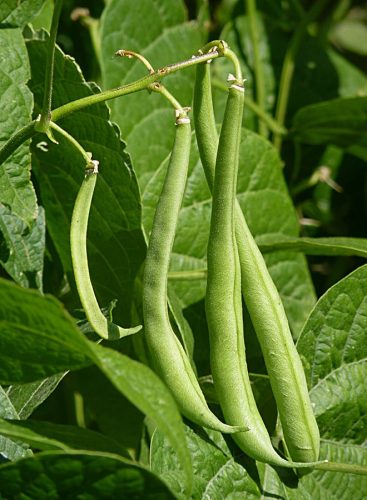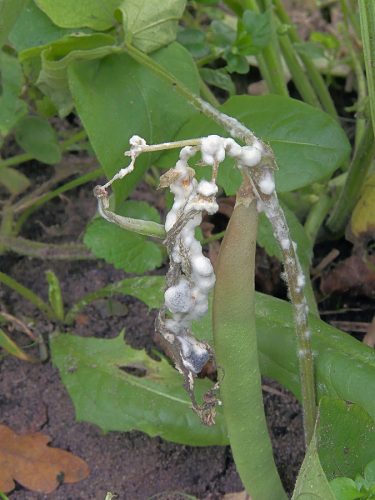French bean divide into two types: climbing and dwarf. Dwarf beans are perfect for small spaces, growing well in containers and in the ground.
Also known as:
Snap beans
You are viewing the mobile-adapted version of the page.
The one for tablets, laptop and desktop also provides general information, such as origin and cultivation.
French bean – (Phaseolus vulgaris), to be divided into two types: climbing and dwarf. Dwarf beans are perfect for small spaces, growing well in containers and in the ground. Climbing beans require tall supports and do best in the ground, but can also be grown in large containers. Because they grow vertically, climbers produce a large harvest on a relatively small plot of land. Dwarf beans grow quickly but can only be harvested for a few weeks, so you will need to sow repeatedly for a supply that will last all summer long. Climbing beans take longer to reach the cropping stage, but will then produce beans for a longer period, from mid-summer to early fall, if picked regularly.
French beans come in many varieties: beans that produce green, yellow or dark purple pods. French beans with a color are easier to recognize when picking. White beans are the dried, mature seeds of the French bean.
French beans are sown in open ground starting in late spring or early summer. They are frost sensitive and also do not like a lot of wetness. Pre-sow in April in seed trays on the warm windowsill or in the greenhouse; French beans love heat. Sow or plant the young climbing plants on the inside of the bamboo canes. Don’t sow all at once; by spreading the sowing over a few weeks, you extend the harvest period.
The famous French haricots verts are sometimes called French filet bush beans at the seed trade. Sow them immediately in May and June in the final spot. Haricots verts like heat and not too much rain.
French beans suffer from the bean
There are early varieties of French beans and very late varieties (fall crops). Growing in the greenhouse or in a container requires “tapping”. Because few insects remain in the autumn, and certainly not in the greenhouse, fertilization must be assisted when the
French beans contain lectin, a natural toxin. When cooked, the lectin disappears. Therefore, do not eat French beans raw.
String beans, flat beans or slicing beans are nearly twelve inch of crisp, sweet bean flesh with a stronger vegetal flavor than french beans.
Bugs
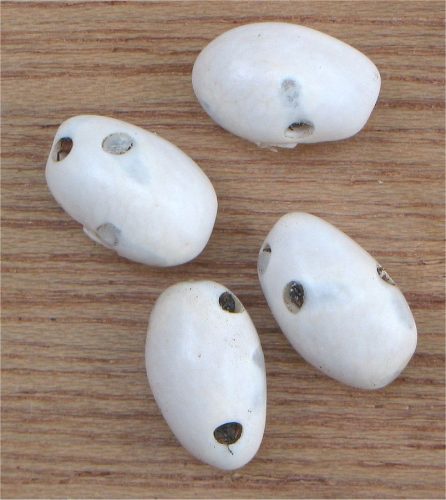
Round holes in dried beans: bean weevil (Acanthoscelides obtectus).
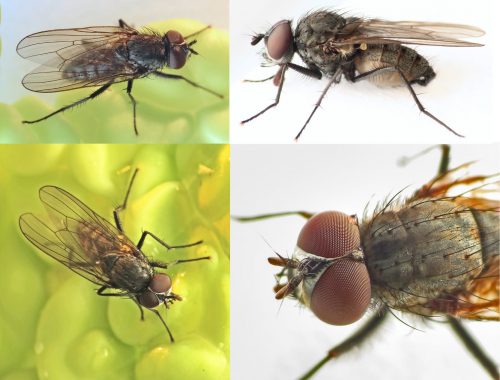
Seed does not germinate or germinates poorly: Bean seed fly (Delia platura).
Beans warp: true bug.
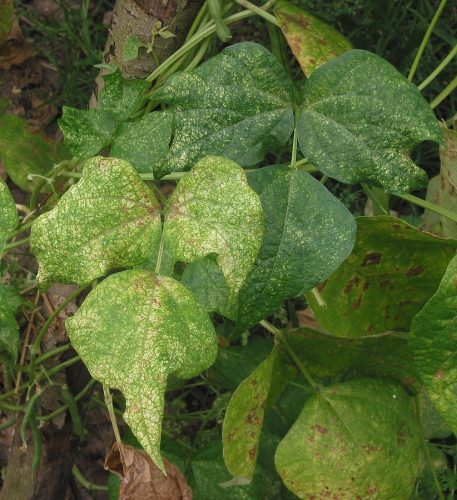
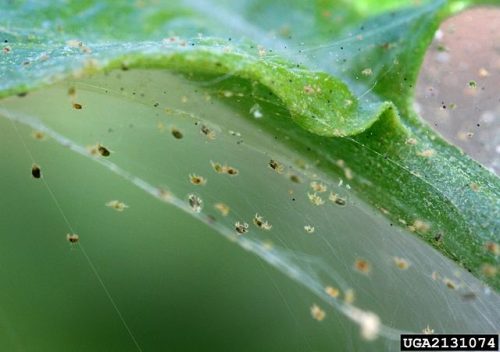
Dot-shaped spots on the leaves, mites on the underside: red spider mite (Tetranychus urticae).
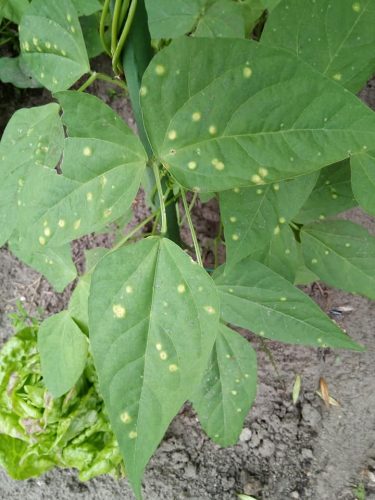
Yellow spots in the leaves: whitefly (Aleyrodinae).
Newly planted plants are bitten through at the stem: earth cutworm (Agrotis).
Fungi & diseases
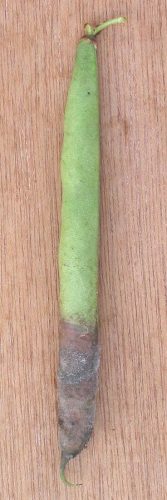
Veil of
Sclero
Dying plant parts, later followed by a thick layer of white fungus: Sclerotinia disease (Sclerotinia sclerotiorum).
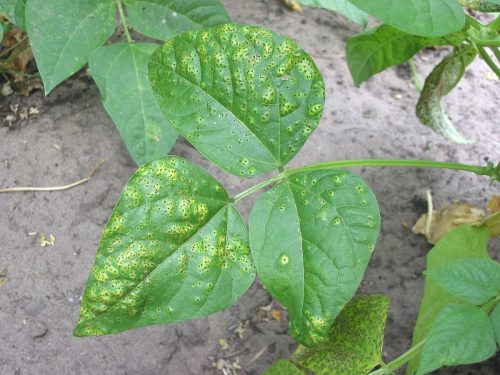
Round, light spots on the leaf and cup-shaped infestations on the back of the leaf; later the spots turn brown: rust – bean rust (Uromyces appendiculatus)
Other
Small “rust spots” on the beans from the supermarket or greengrocer’s: these are small damages affected by fungus (draft, moisture) caused by machine picking of the beans. When cooking, these spots disappear.

